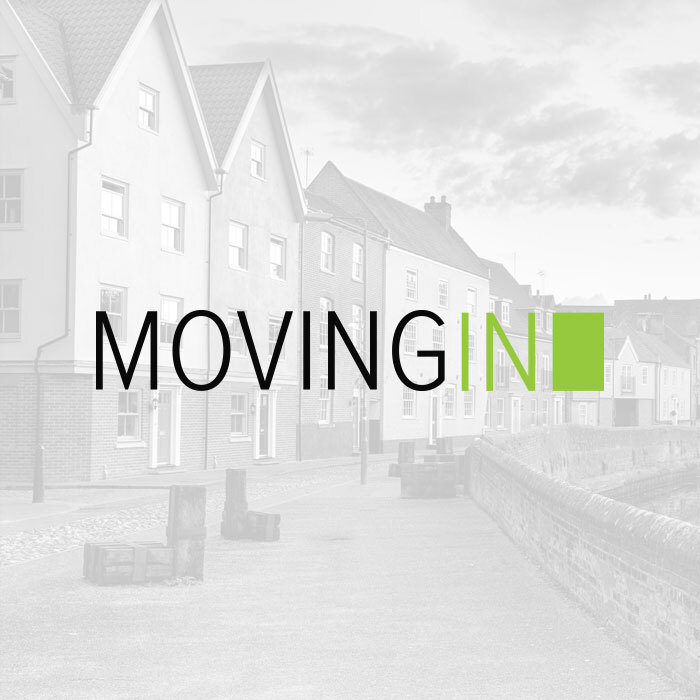
Buy-to-let rates rise again
The cost of buy-to-let mortgages are climbing in line with rising Bank of England base rates, indicating that waiting longer to get a mortgage will see landlords pay higher interest rates.
Mortgages fixed for two or five years have now become more costly for three months on the bounce, Moneyfacts analysis shows.
The price of all 2-year fixes have risen from 3.22% in April to 3.41% in May, while for 5-year fixes costs have gone up from 3.42% to 3.56%
However the rising Bank rate doesn’t seem to have fully filtered through across all loan-to-values.
Despite being seen as a riskier buy-to-let product, to 85% LTV there’s only been minor increases to rates when comparing April and May, from 4.79% to 4.80% for 2-year fixes, and by 4.91% to 4.93% for 5-year fixed rates.#
Product availability is still strong, as there are 3,374 buy-to-let mortgages on the market in May, down slightly from April (3,435). Back in May 2021 there were 2,302 products, while in May 2020 – during the height of the pandemic – there were 1,455.
The level of choice at 85% LTV of 79 products is only one deal fewer than the 80 recorded last month, so landlords wanting to borrow the most still have plenty of choice.
Eleanor Williams, finance expert at Moneyfacts.co.uk, said: “Landlords may have a greater choice of products, but the average rates on offer are on the increase.
“The overall average two-year fixed BTL rate for all loan-to-values (LTVs) jumped up by 0.19% month-on-month to sit at 3.41% – the highest recorded in nearly seven years (September 2015 – 3.41%).
“However, landlords interested in slightly longer-term fixed rates will find that at 3.56%, the equivalent five-year fixed rate is lower than its equivalent from May 2017 (3.68%), so those with maturing five-year fixed rates may be able to secure a more competitive rate now than they did then.
“Rising interest rates and supply of property are not the only factors that may impact landlords in the months to come, as tax changes and the cost of living crisis may already be pinching the potential profitability of investing in property – although recent information from Hamptons suggested that the first quarter of 2022 was the “most active” for landlords since 2016 when the Stamp Duty surcharge on the sale of second homes was introduced.
“That said, rental reform featured in the Queen’s Speech, highlighting the current challenges facing consumers. Some landlords could feel that, coupled with other changes such as Stamp Duty surcharges and tax burdens, this is creating a “hostile” environment, which could see some consider leaving the sector altogether. Providers will need to work hard to attract new business in the months to come, so it will be interesting to see how the buy-to-let market adjusts to external factors.”
There’s an ongoing disparity in the limited supply of rental property available and the growing level of demand from tenants, with 93 new applicants registering per branch in March compared to 78 in February, according the latest Propertymark Private Rented Sector report.
Original Source: Property Eye.
Original Author: Ryan Bembridge.





